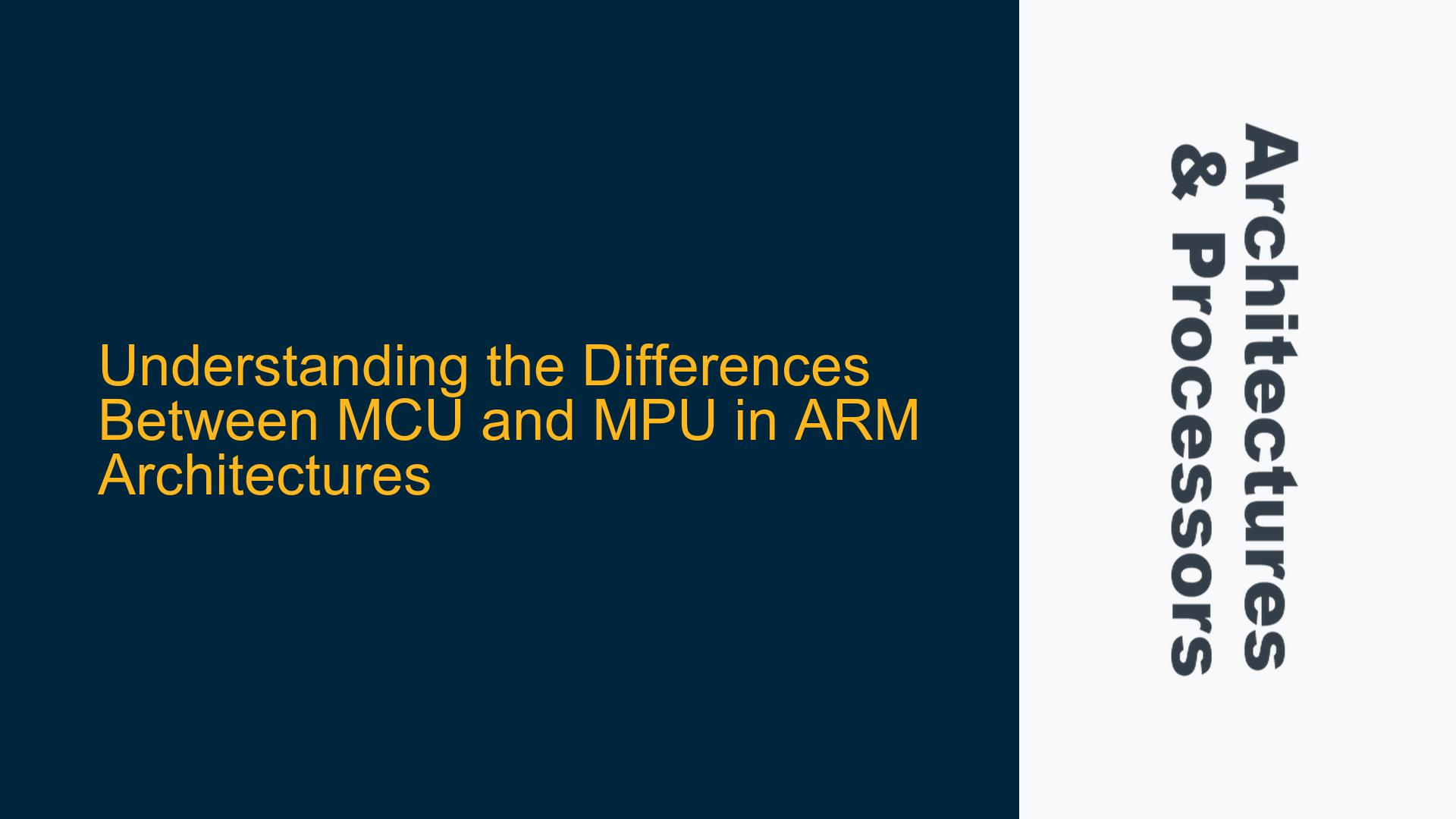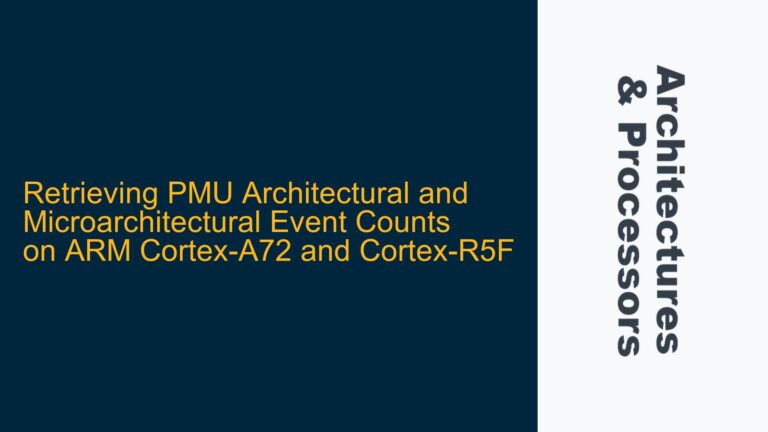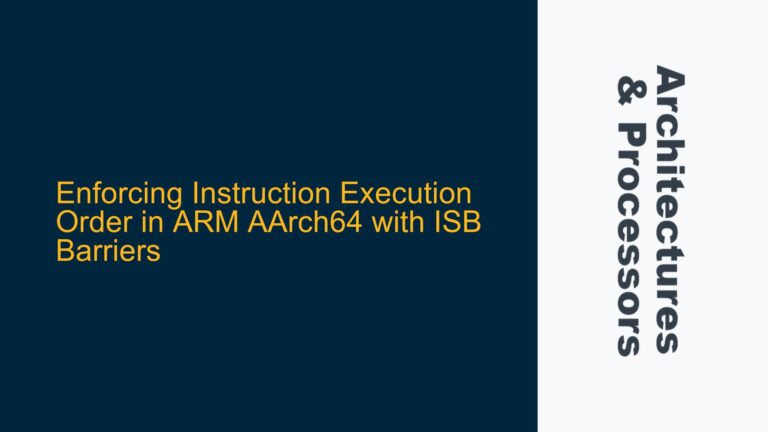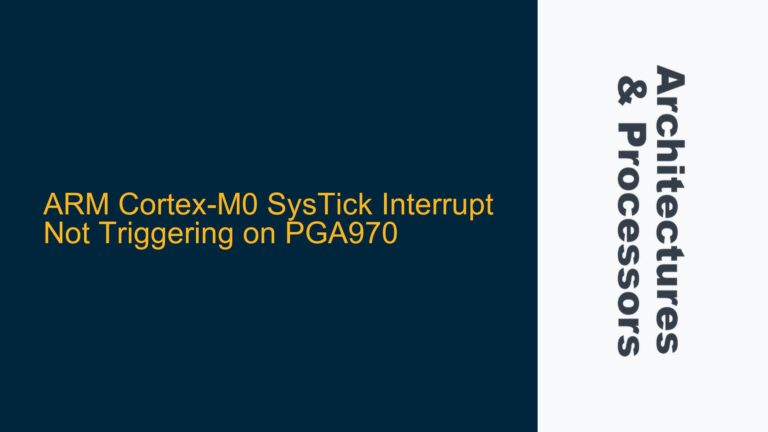MCU vs. MPU: Core Definitions and Functional Roles
The terms MCU (Microcontroller Unit) and MPU (Memory Protection Unit) are often used interchangeably in discussions about ARM architectures, but they refer to fundamentally different components with distinct roles in embedded systems. An MCU is a complete computing system on a chip, integrating a processor core, memory, and peripherals, designed for specific control-oriented tasks. On the other hand, an MPU is a hardware component responsible for enforcing memory access rules, ensuring that software running on a processor cannot access memory regions it is not authorized to access.
The confusion between MCU and MPU arises from their overlapping use in ARM-based systems. For instance, ARM Cortex-M series processors are often referred to as MCUs because they are typically used in microcontroller applications. However, these processors also include an MPU as part of their architecture to provide memory protection features. The MPU in a Cortex-M processor is a programmable unit that defines memory regions and their access permissions, which is crucial for ensuring system security and reliability.
Understanding the distinction between MCU and MPU is essential for system designers, as it influences the choice of processor and the design of the memory architecture. An MCU is selected based on its processing power, peripheral set, and power consumption, while the MPU’s configuration is critical for implementing robust security and fault isolation mechanisms.
Architectural Implications of MCU and MPU Integration
The integration of an MPU within an MCU, such as in the ARM Cortex-M series, has significant architectural implications. The MPU allows the MCU to support advanced features like privileged and unprivileged execution modes, which are essential for creating secure and reliable embedded systems. In privileged mode, the software has full access to the system resources, while in unprivileged mode, access is restricted based on the MPU’s configuration.
The MPU’s role in memory protection is particularly important in systems where multiple tasks or applications run concurrently. By defining memory regions and their access permissions, the MPU prevents one task from corrupting the memory space of another, which is a common cause of system crashes and security vulnerabilities. For example, in a real-time operating system (RTOS), the MPU can be used to isolate the memory spaces of different tasks, ensuring that a bug in one task does not affect the others.
However, the integration of an MPU within an MCU also introduces complexity in system design. Developers must carefully configure the MPU to balance security and performance. Overly restrictive MPU settings can lead to performance bottlenecks, while overly permissive settings can compromise system security. Additionally, the MPU’s configuration must be updated dynamically in some cases, such as when switching between tasks in an RTOS, which requires careful management to avoid introducing race conditions or other synchronization issues.
Best Practices for Configuring and Utilizing MPU in ARM MCUs
Configuring and utilizing the MPU in ARM MCUs requires a deep understanding of both the hardware architecture and the software requirements. The first step in configuring the MPU is to define the memory regions and their access permissions. This involves specifying the base address, size, and access rights (read, write, execute) for each region. The MPU typically supports a limited number of regions, so developers must prioritize which memory areas need protection.
One common practice is to define separate memory regions for the stack, heap, and peripheral registers. The stack and heap are often configured with read and write permissions but without execute permissions to prevent code injection attacks. Peripheral registers, on the other hand, may be configured with restricted access to prevent unauthorized modification of hardware settings.
In addition to defining memory regions, developers must also consider the MPU’s interaction with other system components, such as the cache and DMA (Direct Memory Access) controller. For example, when using DMA, the MPU must be configured to allow the DMA controller to access the necessary memory regions. Failure to do so can result in data corruption or system crashes. Similarly, the MPU’s configuration must be synchronized with the cache settings to ensure that memory accesses are properly protected.
Another important consideration is the dynamic reconfiguration of the MPU in systems that use an RTOS. In such systems, the MPU’s configuration may need to be updated when switching between tasks to ensure that each task has access only to its own memory regions. This requires careful management of the MPU’s configuration registers and may involve the use of context switching routines that save and restore the MPU settings.
Finally, developers should thoroughly test the MPU’s configuration to ensure that it provides the desired level of protection without introducing performance bottlenecks. This may involve running stress tests, security audits, and real-world simulations to verify that the system behaves as expected under various conditions.
In conclusion, the distinction between MCU and MPU in ARM architectures is crucial for designing secure and reliable embedded systems. The MPU plays a vital role in memory protection, but its integration within an MCU introduces complexity that must be carefully managed. By following best practices for configuring and utilizing the MPU, developers can create systems that are both secure and efficient, ensuring that they meet the demanding requirements of modern embedded applications.






